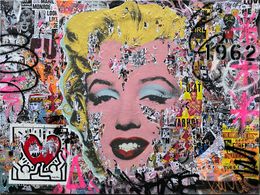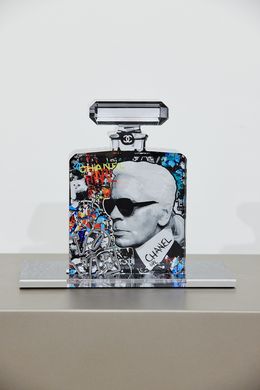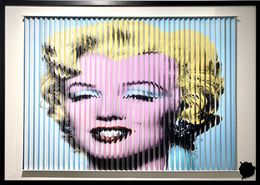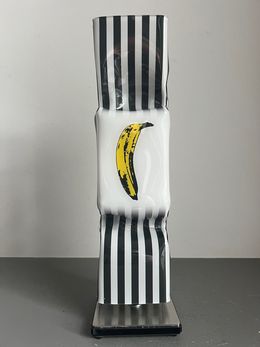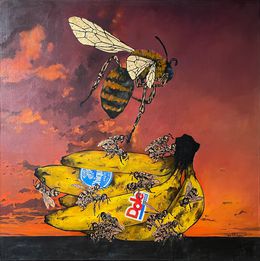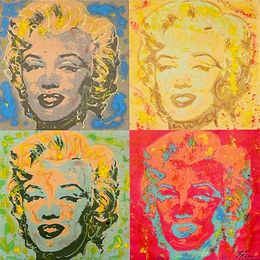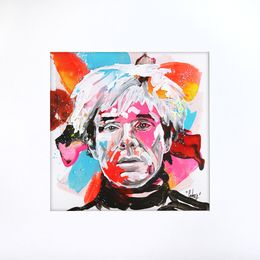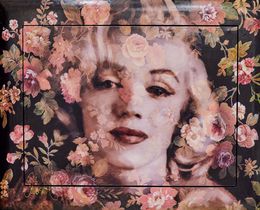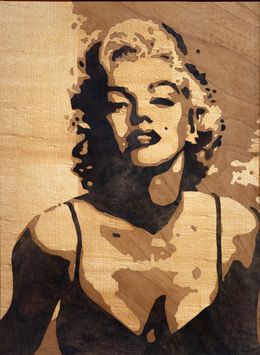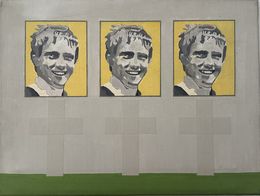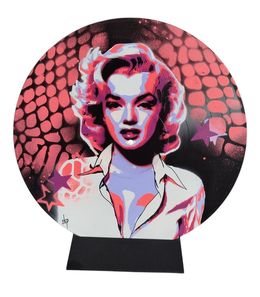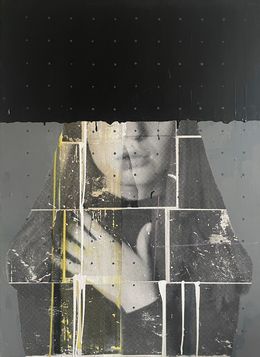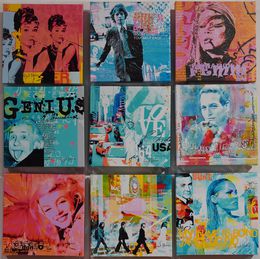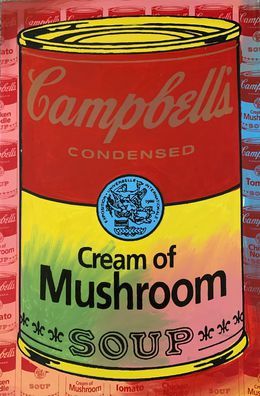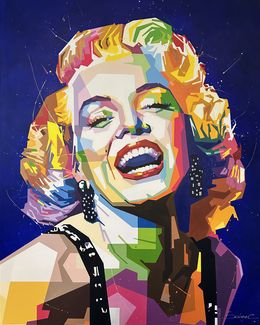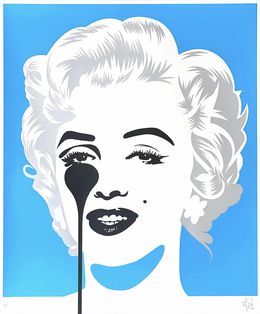
Inspired by Warhol
Andy Warhol - originally called Andrew Warhola - was born in Pittsburgh, Pennsylvania, (1928) into a family of 3 boys. Born into a working-class family, his humble origins eventually inspired his most famous works, transforming him into one of the best well-known artists of the world.
An iconic figure of the 1960s and 1970s, Warhol is considered as the "Pope of Pop Art". It was upon a visit to Leo Castelli's American gallery in 1961, when he first felt a connection with the movement. Warhol was also greatly inspired by the sharp irony of Roy Lichtenstein, who made images from his favorite subjects of advertisements and cartoons. Andy Warhol, too, was able to bring to light this popular art form which had previously only been seen in comic books.
Beyond the glamorous pop aesthetic often associated with Andy Warhol, lies a tormented and complex artist. Warhol's work has explored more notably violent subjects, such the electric chair used to enforce the death penalty in the United States (Electric Chair series, 1967) or the race riots in Birmingham, Alabama (Race Riots series, 1963). This fascination with death is an essential element in understanding the work of Warhol, who, all his life, questioned the transient nature of modern icons. He himself said: "I realized that everything I was doing had to do with death."
Yet these somber subjects do not work in conflict with the artist's lighter works. Marilyn Monroe, the Big Electric Chair or Campbell's Soup Cans are all symbols of pop culture and exist as universally worshiped muses. Moreover, Warhol too, shared a fascination with the celebrities of his time who would gather in his studio called The Factory, becoming immortalized in Polaroid photographs.
At the dawn of the "Peace & Love" era, Warhol, through his silkscreens and portraits, also immersed us into a flowery, celebratory and colorful universe. Starting with his first series of portraits, a tribute to Marilyn Monroe in 1967, which also became one of his most famous.
Warhol was certainly a multi-faceted artist. He even tried his hand at filmmaking. If these films can be viewed as reflectionary works of the artist's unique personality, they are also mirrors of the artist's complexity that never became as popular as his artworks...
A genius deeply rooted in his time, a precursor to consumerist society, an artist as celebrated as he is contested, Andy Warhol continues to inspire many contemporary artists. Discover this expertly curated selection of works inspired by Andy Warhol's best iconography at Artsper!
Save your search and find it in your favorites
Save your search to find it quickly
Saved search
Your search is accessible from the favorites tab > My favorite searches
Unsaved search
A problem occurred





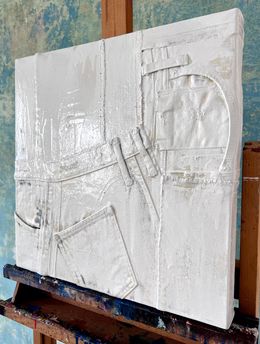


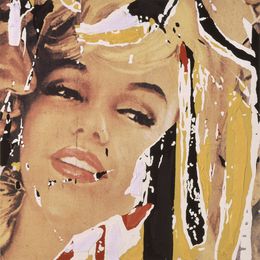

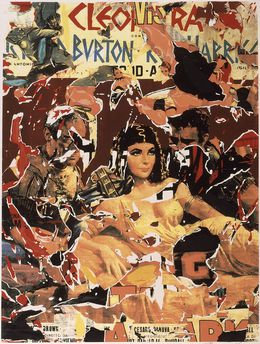
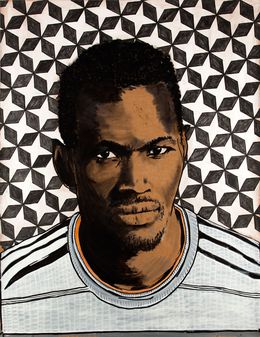



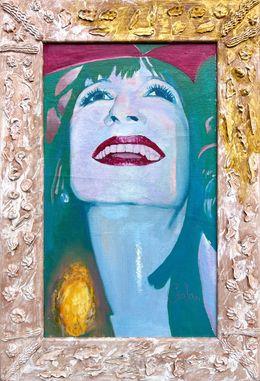
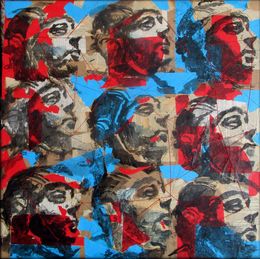

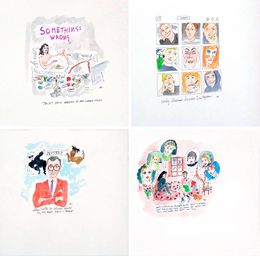
Manuel Santelices
Fine Art Drawings - 76.2 x 76.2 x 0.3 cm Fine Art Drawings - 30 x 30 x 0.1 inch
$3,600


